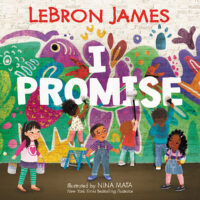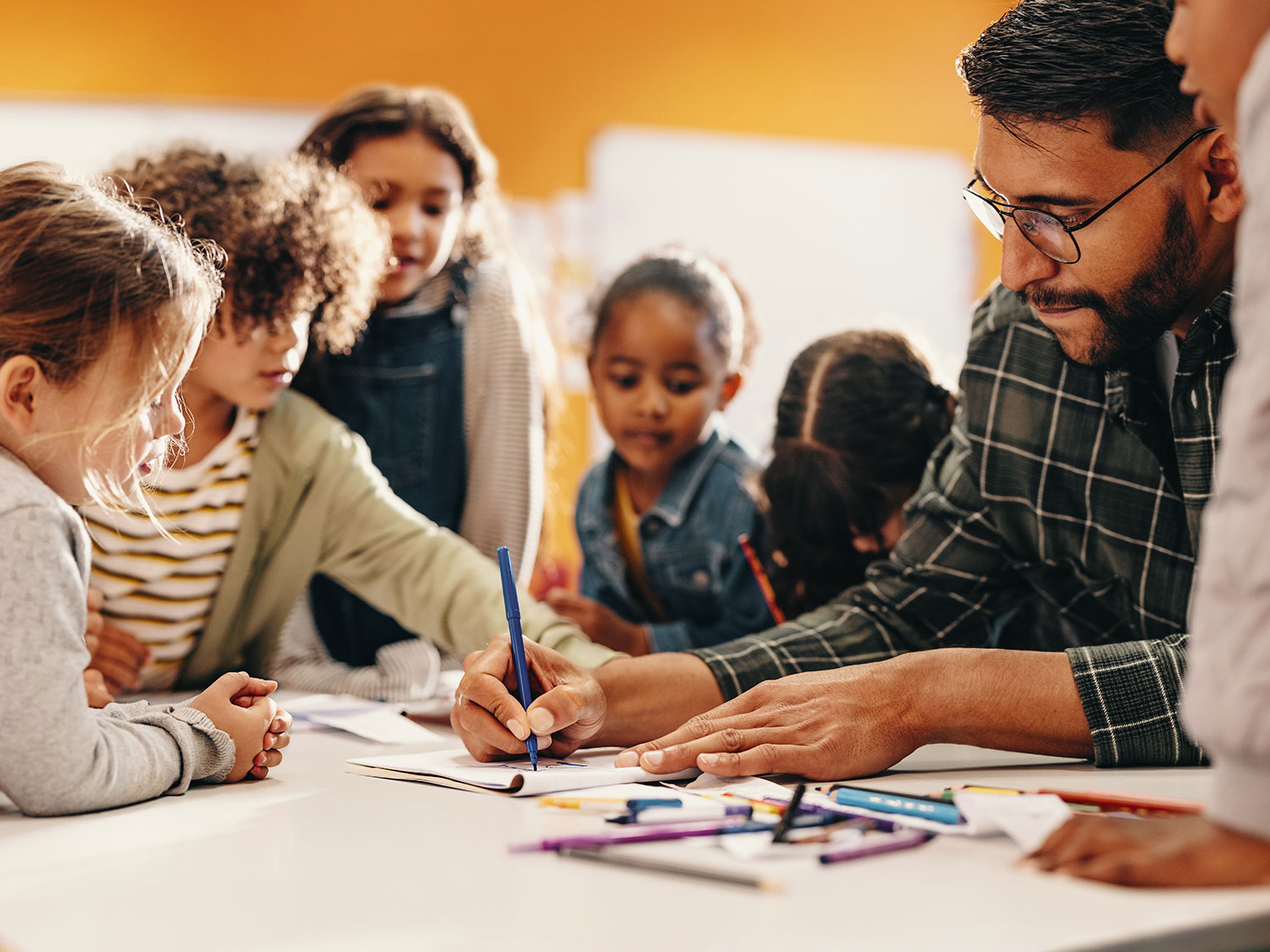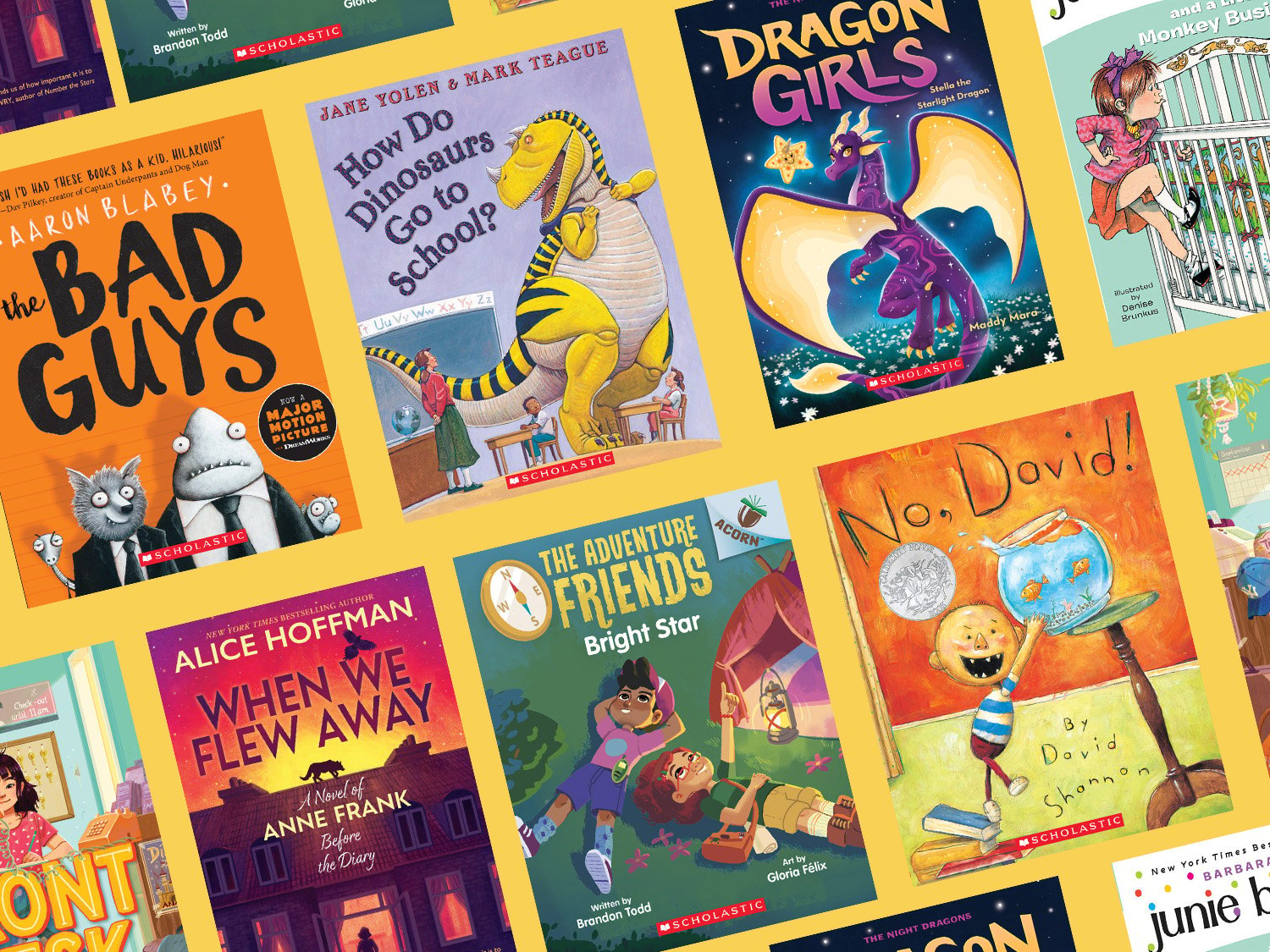Creating a Positive Learning Environment in the Classroom
Learn the ins and outs of creating an ideal learning environment for all students.
The ideal classroom setting is inclusive and promotes learning opportunities for every student.
Reading books about SEL concepts, like empathy, self-esteem, and friendship, in conjunction with celebrating everyone’s uniqueness is key to fostering a classroom that benefits everyone.
Here, Beth Prince, a preschool teacher in Washington, DC, and Jennifer Bindus, a third-grade teacher in Ohio, share their strategies for creating an environment of collaboration and acceptance in their classrooms.
Give Each Student a Unique Job
One of the best ways to help every student shine and contribute in their own way is to assign classroom jobs (pocket charts are great for this) and responsibilities that work toward the common good, like being assigned as the class librarian to distribute books during read-aloud time.
“One student may be the bookkeeper, in charge of getting and putting away the books. Another student could be the recorder who records answers,” Bindus says. “Another student could be the time keeper who watches the time. It’s important to have enough jobs to cover the number of students in each group.”
Teacher feedback during these tasks — like advice on what to improve on, or how to work around a problem — is also incredibly important and should be taken into consideration.
“This can be a hard task for students who are still developing communication and collaborative skills and then need constant guidance and feedback when working with others,” says Bindus. “Groups that are working well together can take feedback that pushes them even more as a group. Everyone benefits from timely, in-the-moment feedback.”
Have Group Discussions
Allocating time to bond as a class is also an effective way of getting your students to learn about each other in an accepting, loving environment, where each child feels safe to be themselves.
“Turn and talks are a big part of learning about one another and the things we know and love, so for the first six weeks our question of the day is centered around questions that help us to discover our similarities and differences and how all are perfect for our classroom family,” says Prince. “Each child shares their hopes and dreams and makes self-portraits where we begin to celebrate our uniqueness.”
Creating a routine to explore and discuss specific social-emotional concepts can also help give your students context about how to apply them in the classroom. For example, students can dig into why it’s important to show empathy toward others by reading books about their feelings together.
“We learn about the terms Cooperation, Assertion, Responsibility, Empathy, and Self-Regulation through the Responsive classroom — the CARES model,” says Prince. “We explore one word a week during the first six weeks of school and read text, and discuss the text and what the term means in relation to our classroom and school.”
Establish Class Rules and Routines Together
Asking your students for input on class rules will make them feel included and give them a sense of control over their learning environment. Sitting together to create a list will give everyone a chance to speak up and tell each other what they need to feel respected. This is a great opportunity to address and establish good classroom behaviors as well.
Here are some rules that Prince has established with her class:
- When turning and talking, be a great listener.
- When on the playground or in the classroom, seek out those who are playing alone to see if they would like to join you. Sometimes they do and sometimes they don't, but the check-in is what makes it powerful for the person on the receiving end.
- Share materials.
- Share ideas and wonderings.
- Play together daily.
Routines also give students structure and make the integration of these classroom rules feel more natural. Bindus uses the following routines to bring students together:
Morning Meeting: “I think this is the most regular way that classrooms can work to make all students feel included,” says Bindus. “From the greeting to the share, all students are included and valued.”
Stocking Up on Diverse Books: “Having books from many cultures on the shelves is important,” says Bindus. “We include them in ‘First Chapter Fridays,' where we read the first chapter of a new book together, as well.” Diverse books also help promote a culture of literacy in the classroom.
Creating an “Our Class Is a Family” Bulletin Board: “Ask each child to bring in a photo of their family, whatever that may consist of,” says Bindus. “Read the book Our Class Is a Family, and then display all photos on a bulletin board for the school year.”
Involve Family Readers: “Ask each child to invite someone in from their family to read a book and then follow up with a ‘share’ if they are so inclined,” says Bindus.
Shop the best books about collaboration and getting along with others below! You can find all books and activities at The Teacher Store.
An inspiring picture book authored by creator of the More Than Peach Project which aims to offer a wide array of skin-toned crayon colors with every kid in mind.
The NBA star offers a poem that encourages curiosity, integrity, compassion, courage, and self-forgiveness. Sincere and wholehearted.
Two kids meet on a street. "Yo!" says one. "Yes?" says the other. And so begins a conversation that turns strangers into friends.
Based on the experiences of athlete and activist Colin Kaepernick, this book will inspire kids to stay true to their identities and advocate for change while celebrating self-discovery.
Award-winning Willems' has created an irresistible series featuring best friends Gerald and Piggie and are told with minimal text and a maximum of expression!
When Mac, an apple, meets Will, a worm, they become fast friends, teaching each other games and even finishing each other's sentences. But apples aren't supposed to like worms, and Mac gets called "rotten" and "bad apple."
In this funny, engaging book, award-winners Jane Yolen and Mark Teague present humorous, naughty dinosaur antics that any young sibling or friend will instantly recognize — followed by dinosaur-sized hugs and expressions of affection.
A young girl learns to love and celebrate her Asian-shaped eyes. “This tale of self-acceptance and respect for one"s roots is breathtaking.”-Kirkus Reviews, starred review
In this sassy playground romp the irrepressible new kid dethrones the reigning recess bully by doing the unthinkable — she invites her to be her friend!
Binny can"t wait to tell her class about Diwali, the Hindu festival of lights. "A colorful, cheerful book."-Booklist
Two-time Caldecott Medalists Leo and Diane Dillon show children playfully creating a more generous, peaceful world where everyone shares with others.
With themes of self-acceptance, identity, and home, this powerful, lyrical picture book will resonate with readers young and old, from all backgrounds and of all colors-especially anyone who ever felt that they don't belong.
“By shining a light on one girl"s story, this vibrant picture book illuminates the experience of many immigrant children.”-Booklist, starred review
Joe and Ravi might be from very different places, but they're both stuck in the same place: school.

















